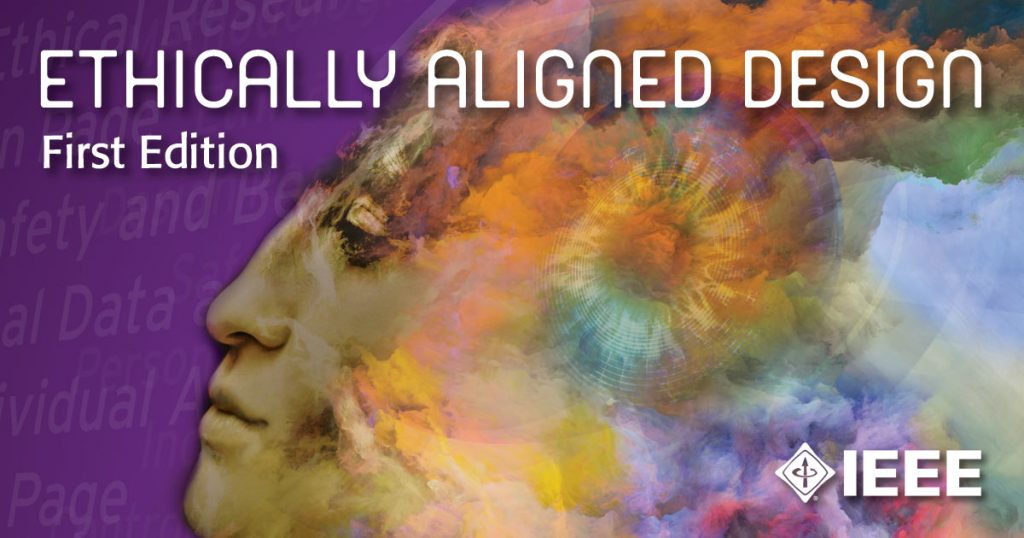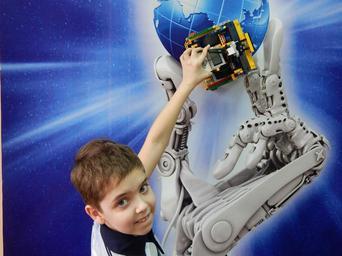There have been many organizations recently that have taken upon themselves the task of writing principles for ethically aligned artificial intelligence design. The Institute of Electrical and Electronics Engineers [IEEE] is the most recent, forming a working group on Empathic Technologies, whose members include engineers and organizations as well as academics, policy-makers, and individuals interested in the ethics of technologies. Virtual Activism is a member of the working group.

The first kickoff meeting was Wed, Jul 24, 2019.
The purpose of this working group is to provide clear and practical guidance for the design and implementation of empathic systems that are prioritized to maximize human flourishing and protect users from bias, abuse or exploitation.
This standard will define a model for ethical considerations and practices in the design, creation and use of empathic technology, incorporating systems that have the capacity to identify, quantify, respond to, or simulate affective states, such as emotions and cognitive states. This includes coverage of ‘affective computing’, ’emotion Artificial Intelligence’ and related fields.
IEEE, in its report on Ethically Aligned Design: A Vision for Prioritizing Human Well-being with Autonomous and Intelligent Systems, states that “As the use and impact of autonomous and intelligent systems (A/IS) become pervasive, we need to establish societal and policy guidelines in order for such systems to remain human-centric, serving humanity’s values and ethical principles. These systems must be developed and should operate in a way that is beneficial to people and the environment, beyond simply reaching functional goals and addressing technical problems. This approach will foster the heightened level of trust between people and technology that is needed for its fruitful use in our daily lives. “1
Andrew McStay, member of the working group, has written a paper explaining why empathy: ” Empathy is a useful word because it refers to perceiving of emotions, attention and intentions. It also allows us to speak of gauging how other people see things. It does not necessarily means the empathiser understands or ‘knows what it is like to be in the shoes’ of the other, but that one can read, categorise and respond appropriately. This is an approach to empathy whereby people (and increasingly machines) approximate, and use experience and past learning, to work out where other people are coming from and what they will do next, to influence decisions.”2
The working group meets virtually approximately once a month, but there are also in-person meetings organized.
To learn more, please visit https://ethicsinaction.ieee.org/
References:
IEEE (2019). The IEEE Global Initiative on Ethics of Autonomous and Intelligent Systems. Ethically Aligned Design: A Vision for Prioritizing Human Well-being with Autonomous and Intelligent Systems, First Edition. Retrieved from
https://standards.ieee.org/content/ieee-standards/en/industry-connections/ec/autonomous-systems.html
McStay, A. (2016). EMPATHIC MEDIA: THE RISE OF EMOTIONAL AI . Bangor University, UK.



